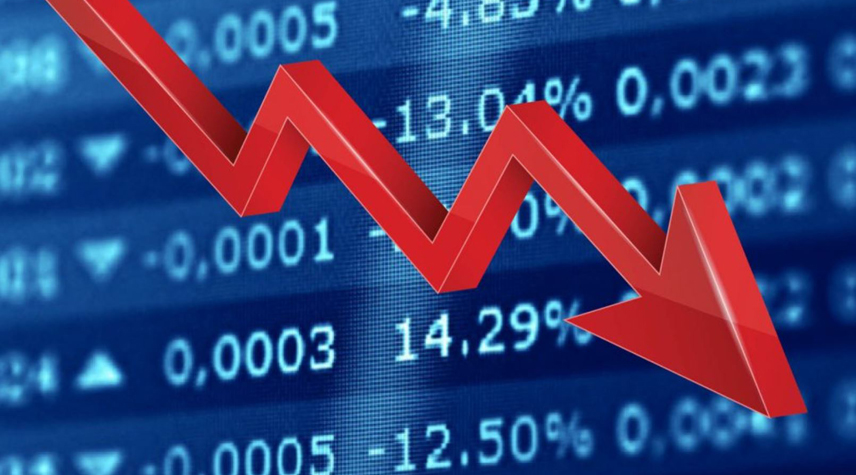
Photo by Pickawood on Unsplash
It’s got to be about the most unexpected single consequence of a year when the unexpected has become the expected. There’s no other way to describe it.
Even as business remains strong, shoppers continue to lust after products to make their homes nicer places to be, and the challenges of meeting that demand have never been harder, the industry is doing something it has no short-term (perhaps long-term?) experience doing.
It is raising prices.
From the days of Supercale being down-priced, bed-in-a-bag commoditizing the entire ensemble business and towels getting bigger in every aspect except their price tags, the home textiles industry has never been very good at raising prices. Raising prices? Let’s face it, the industry hasn’t been very good at even keeping the current prices.
So, what’s happening now is, while not unprecedented, not something many people currently running companies have any memories of. Raising prices is just not in anybody’s skill set.
Not that there’s much choice these days. What with container prices quadrupling (at least), cotton a politically and environmentally scarce fiber and shortages in just about every manpower classification in American business, raising prices is no longer an option, it’s the only option.
But let us not get giddy here, folks. Consumers are reading the same reports you’re seeing and understand that prices are going up. They are willing to pay more for just about everything, and as crazy as it sounds, they have the resources to do so.
The big question is how much?
Historically, when prices have increased it’s usually been in the transition from one program to another. A 300-thread-count sheet set that replaced another 300-count program often got priced a few points higher. But this is different. Running programs, existing core collections and even opening price point basics are all facing cost pressures and need to be repriced.
What we’ve seen so far are increases in the 3% to 5% range, usually engineered to keep hitting some magical price point. Of course, the irony is that retailers and suppliers work so hard to get those suggested retails to meet shopper-friendly numbers when in fact most of this stuff is bought on sale, with a coupon or through some promotion, and the actual selling price is usually some bastardization that is anything but a round retail number.
But here’s the thing. Sheets and towels are not like milk and bread. They are not bought every week, and shoppers generally don’t have a clue what they paid for their bedding the last time they purchased it – very often years (or even decades) ago. Yes, the price has to be reasonable and it has to be in the context of other consumer goods, but all consumer goods are being repriced higher and so you have to consider pricing structures on a curve, much like our algebra tests in high school.
The truth of the matter is that there has never been a better time to try to get a little more for the products you make and sell. The need to do so is very real. These justified increases are part of a bigger picture and, most of all, the consumer will understand.
Just as everything to do with this pandemic has taken us into unchartered territory, the issue of when and how much to raise prices is the same way.
And as we so very much hope with this pandemic, it’s not going to last forever.
Warren Shoulberg has reported on the gift and home industry for most of his career. He is often quoted in national media, such as The New York Times and CNN, and contributes to PBM publications, Forbes.com and The Robin Report.






















